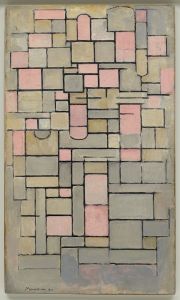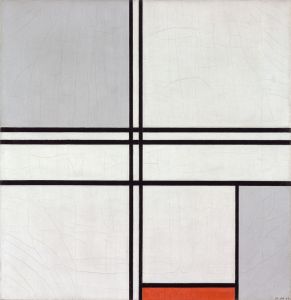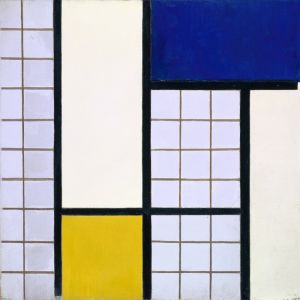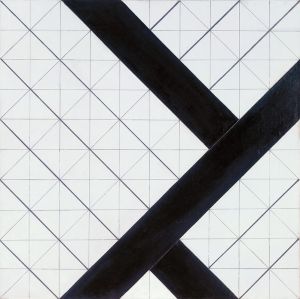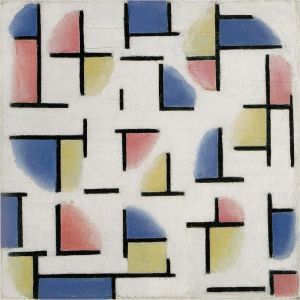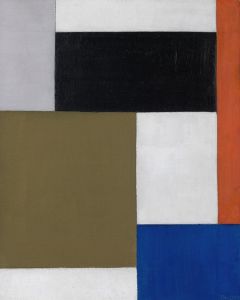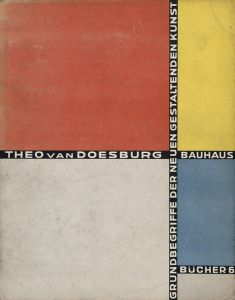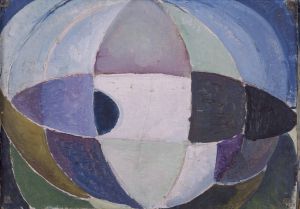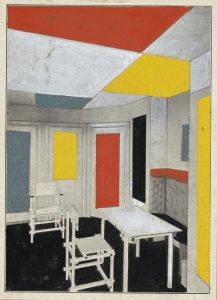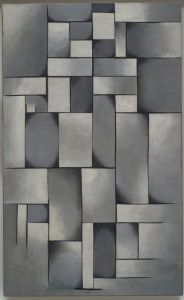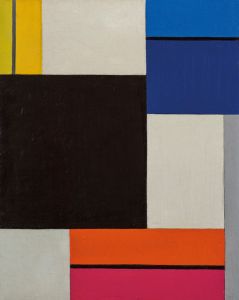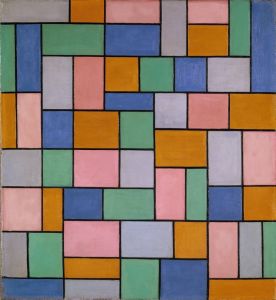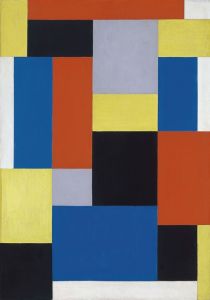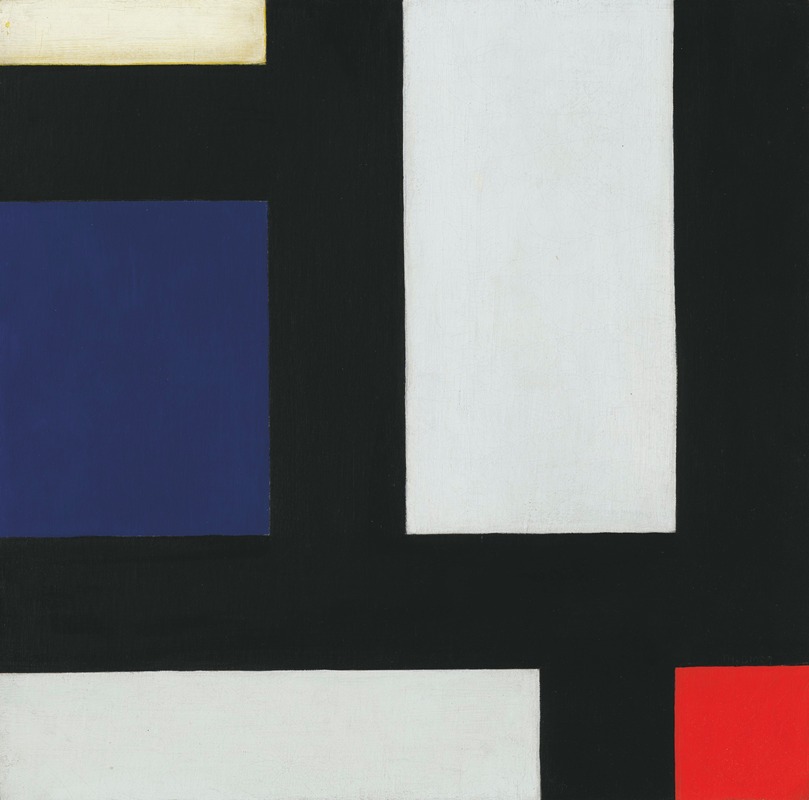
Contra-composition IV
A hand-painted replica of Theo van Doesburg’s masterpiece Contra-composition IV, meticulously crafted by professional artists to capture the true essence of the original. Each piece is created with museum-quality canvas and rare mineral pigments, carefully painted by experienced artists with delicate brushstrokes and rich, layered colors to perfectly recreate the texture of the original artwork. Unlike machine-printed reproductions, this hand-painted version brings the painting to life, infused with the artist’s emotions and skill in every stroke. Whether for personal collection or home decoration, it instantly elevates the artistic atmosphere of any space.
Theo van Doesburg's "Contra-composition IV" is a notable work within the De Stijl movement, an influential art and design movement that emerged in the Netherlands in the early 20th century. Van Doesburg, born Christian Emil Marie Küpper in 1883, was a key figure in this movement, which sought to express a new utopian ideal of spiritual harmony and order through pure abstraction and a reduction to the essentials of form and color.
"Contra-composition IV," created in 1924, exemplifies the principles of De Stijl, which was co-founded by van Doesburg and Piet Mondrian. The movement is characterized by a strict use of geometric forms and a limited palette, primarily consisting of primary colors, black, white, and gray. These elements were intended to reflect a universal visual language that transcended cultural and political boundaries.
In "Contra-composition IV," van Doesburg employs a dynamic composition of intersecting planes and lines. Unlike Mondrian, who adhered to a strict horizontal and vertical grid, van Doesburg introduced diagonal lines into his compositions, which he referred to as "elementarism." This approach was intended to convey a sense of movement and dynamism, challenging the static nature of traditional compositions. The use of diagonals in "Contra-composition IV" marks a significant departure from Mondrian's neoplasticism and highlights van Doesburg's innovative contributions to abstract art.
The painting is composed of a series of geometric shapes, primarily rectangles and squares, arranged in a balanced yet asymmetrical manner. The use of primary colors—red, blue, and yellow—alongside black and white, creates a striking visual contrast. Van Doesburg's careful arrangement of these elements demonstrates his commitment to achieving harmony and balance through abstraction.
"Contra-composition IV" reflects van Doesburg's belief in the transformative power of art and its potential to influence society. He saw art as a means to promote a new social order, one that was harmonious and balanced, much like the compositions he created. This vision was in line with the broader goals of the De Stijl movement, which sought to integrate art, architecture, and design into a cohesive whole.
The painting is part of a series of "contra-compositions" that van Doesburg produced during the 1920s. These works are considered pivotal in the evolution of abstract art and demonstrate his ongoing exploration of form and color. Van Doesburg's contributions to the De Stijl movement and his innovative use of diagonal lines have had a lasting impact on the development of modern art.
"Contra-composition IV" is housed in various collections and has been exhibited in numerous museums around the world, allowing audiences to engage with van Doesburg's vision of abstraction. The painting continues to be studied and appreciated for its bold use of color, form, and line, as well as its role in the broader context of 20th-century art history.
Through "Contra-composition IV," Theo van Doesburg not only contributed to the De Stijl movement but also helped pave the way for future developments in abstract art. His work remains a testament to the enduring power of geometric abstraction and its ability to convey complex ideas through simple forms.





